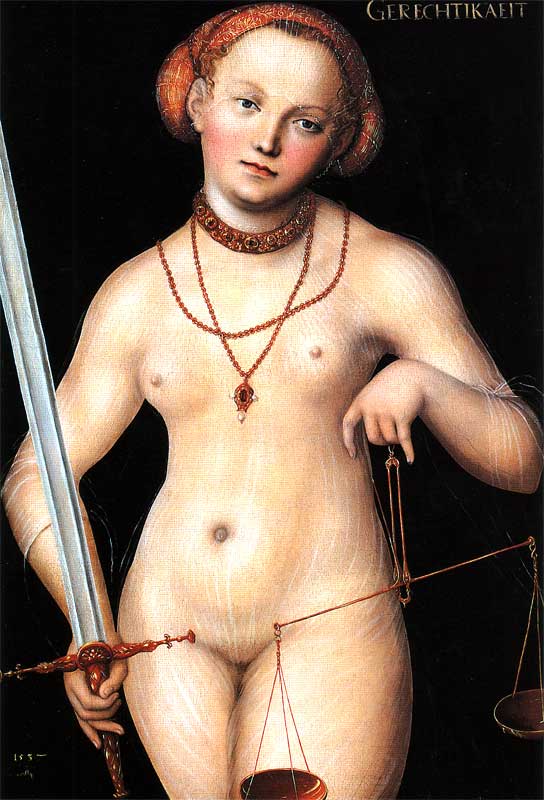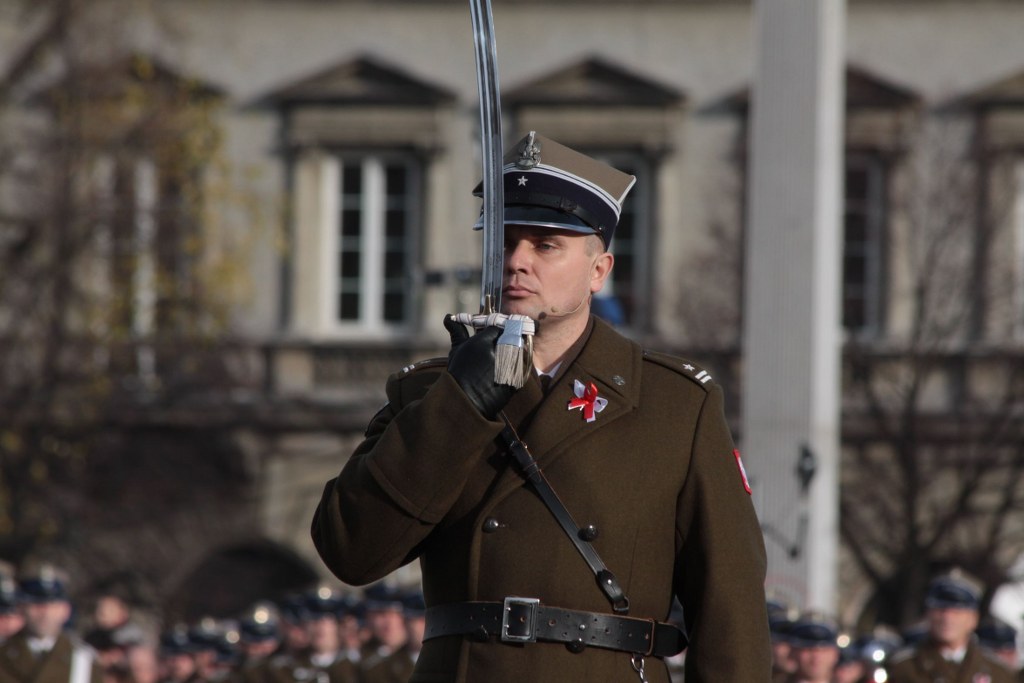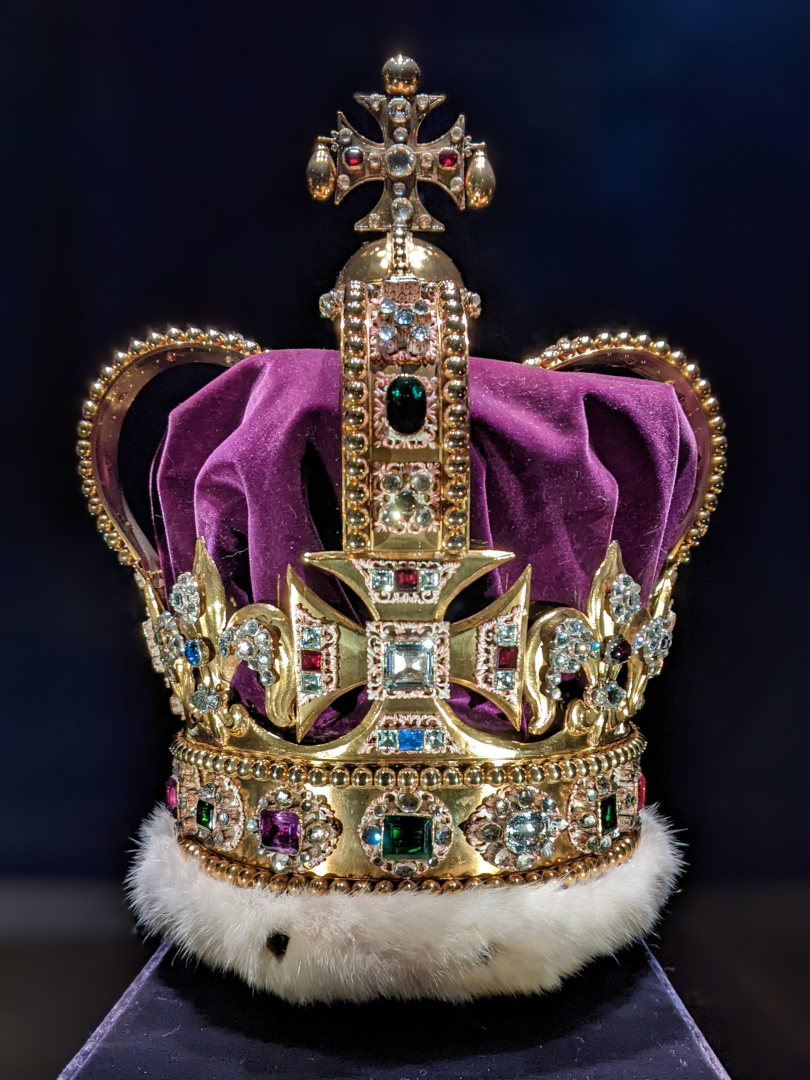|
Sword Of Justice
A sword of justice is a ceremonial sword that is used to signify a monarch's supreme judicial power. In some cases, this may have been an executioner's sword that was no longer used for executions, becoming instead a ceremonial one. The Crown Jewels of the United Kingdom include two swords of justice: the sharply pointed Sword of Temporal Justice and the obliquely pointed Sword of Spiritual Justice, whose characteristics are said to indicate that only temporal courts have power over death. The current two swords, together with Curtana, the Sword of Mercy, were made for coronation of Charles I of England, which took place in 1626. References External links Sword of Justiceexample at the Higgins Collection The Higgins Art Gallery & Museum is the principal art gallery and museum in Bedford, Bedfordshire, England, run by Bedford Borough Council and the trustees of the Cecil Higgins Collection. Overview The Higgins Art Gallery & Museum is in the Ca ... Ceremonial weapons ... [...More Info...] [...Related Items...] OR: [Wikipedia] [Google] [Baidu] |
Ceremonial Weapon
A ceremonial weapon is an object used for ceremonial purposes to display power or authority. They are often used in parades and as part of dress uniforms. Although they are descended from weapons used in actual combat, they are not normally used as such. Their form and, especially, their finishing and decoration are typically designed to show status and power and to be an impressive sight, rather than for practicality as a weapon. Quite often, ceremonial weapons are constructed with precious metals or other materials that make them too delicate for combat use. With ceremonial swords, an example of this is that the sword may be poorly balanced. Historically, however, many ceremonial weapons were also capable of actual combat, most notably in the military. Maces, halberds, daggers and swords are the most common form of ceremonial weapons, but in theory almost any weapon can become ceremonial. The Sergeant at Arms in some parliaments carries a ceremonial mace. The Swiss Guard in t ... [...More Info...] [...Related Items...] OR: [Wikipedia] [Google] [Baidu] |
Sword
A sword is an edged, bladed weapon intended for manual cutting or thrusting. Its blade, longer than a knife or dagger, is attached to a hilt and can be straight or curved. A thrusting sword tends to have a straighter blade with a pointed tip. A slashing sword is more likely to be curved and to have a sharpened cutting edge on one or both sides of the blade. Many swords are designed for both thrusting and slashing. The precise definition of a sword varies by historical epoch and geographic region. Historically, the sword developed in the Bronze Age, evolving from the dagger; the earliest specimens date to about 1600 BC. The later Iron Age sword remained fairly short and without a crossguard. The spatha, as it developed in the Late Roman army, became the predecessor of the European sword of the Middle Ages, at first adopted as the Migration Period sword, and only in the High Middle Ages, developed into the classical arming sword with crossguard. The word '' sword'' continue ... [...More Info...] [...Related Items...] OR: [Wikipedia] [Google] [Baidu] |
Judicial Power
The judiciary (also known as the judicial system, judicature, judicial branch, judiciative branch, and court or judiciary system) is the system of courts that adjudication, adjudicates legal disputes/disagreements and interprets, defends, and applies the law in legal cases. Definition The judiciary is the system of courts that interprets, defends, and applies the law in the name of the State (polity), state. The judiciary can also be thought of as the mechanism for the resolution of disputes. Under the doctrine of the separation of powers, the judiciary generally does not make statutory law (which is the responsibility of the legislature) or enforce law (which is the responsibility of the Executive (government), executive), but rather interprets, defends, and applies the law to the facts of each case. However, in some countries the judiciary does make common law. In many jurisdictions the judicial branch has the power to change laws through the process of judicial review. Court ... [...More Info...] [...Related Items...] OR: [Wikipedia] [Google] [Baidu] |
Executioner's Sword
An executioner's sword is a sword designed specifically for decapitation of condemned criminals (as opposed to combat). These swords were intended for two-handed use, but were lacking a point, so that their overall blade length was typically that of a single-handed sword (ca. ). The quillons were quite short, and mainly straight, and the pommel was often pear-shaped or faceted. In the Middle Ages, decapitations were executed with regular swords, and the earliest known specifically designed executioner's sword dates to ca. 1540. They were in wide use in 17th-century Europe, but fell out of use quite suddenly in the early 18th century. The last executions by sword in Europe were carried out in Switzerland in 1867 and 1868, when Niklaus Emmenegger in Lucerne and Héli Freymond in Moudon were beheaded for murder. Swords known as a ''sulthan'' are used to carry out executions in Saudi Arabia (''see Capital punishment in Saudi Arabia''). The blades of executioner's swords were often d ... [...More Info...] [...Related Items...] OR: [Wikipedia] [Google] [Baidu] |
Crown Jewels Of The United Kingdom
The Crown Jewels of the United Kingdom, originally the Crown Jewels of England, are a collection of royal ceremonial objects kept in the Tower of London which include the Coronation of the British monarch, coronation regalia and vestments worn by British monarchs. Symbols of over 800 years of monarchy, the coronation regalia are the only working set in Europe and the collection is the most historically complete of any regalia in the world. Objects used to invest and crown British monarchs variously denote their role as head of state of the United Kingdom and other countries of the Commonwealth of Nations, Commonwealth, Supreme Governor of the Church of England, and head of the British armed forces. They feature heraldic devices and national emblems of England, Scotland, Wales and Northern Ireland. Use of regalia by monarchs in England can be traced back to when it was converted to Christianity in the Early Middle Ages. A permanent set of coronation regalia, once belonging to E ... [...More Info...] [...Related Items...] OR: [Wikipedia] [Google] [Baidu] |
Curtana
Curtana, also known as the Sword of Mercy, is a ceremonial sword used at the coronation of British kings and queens. One of the Crown Jewels of the United Kingdom, its end is blunt and squared to symbolise mercy. Description The sword measures long and wide at the handle. About of the steel blade's tip is missing. The blade features a decorative "running wolf" mark which originated in the town of Passau, Lower Bavaria, Germany. It has a gilt-iron hilt, a wooden grip bound in wire, and a leather sheath bound in crimson velvet with gold embroidery. The sheath has been remade several times since the 17th century, and the current one was made in 1937. The Curtana has a squared tip. It is used in the procession alongside two other pointed swords. The Curtana once had a jagged edge like a naturally broken tip, but this was squared off at some time. At one time, the other two could be distinguished by their points: the sharply-pointed Sword of Temporal Justice, and the more ob ... [...More Info...] [...Related Items...] OR: [Wikipedia] [Google] [Baidu] |
Charles I Of England
Charles I (19 November 1600 – 30 January 1649) was King of England, Scotland, and Ireland from 27 March 1625 until Execution of Charles I, his execution in 1649. He was born into the House of Stuart as the second son of King James VI of Scotland, but after his father inherited the English throne in 1603, he moved to England, where he spent much of the rest of his life. He became heir apparent to the kingdoms of England, Scotland, and Ireland in 1612 upon the death of his elder brother, Henry Frederick, Prince of Wales. An unsuccessful and unpopular attempt to marry him to the Spanish Habsburg princess Maria Anna of Spain, Maria Anna culminated in an eight-month visit to Spain in 1623 that demonstrated the futility of the marriage negotiation. Two years later, he married the House of Bourbon, Bourbon princess Henrietta Maria of France. After his 1625 succession, Charles quarrelled with the Parliament of England, English Parliament, which sought to curb his royal prerogati ... [...More Info...] [...Related Items...] OR: [Wikipedia] [Google] [Baidu] |
Higgins Armory Museum
The Higgins Armory Museum is the name of a collection in the Worcester Art Museum. It was formerly a separate museum located in the nearby Higgins Armory Building in Worcester, Massachusetts, dedicated to the display of arms and armor. It was "the only museum in the country devoted solely to arms and armor" and had the second largest arms and armor collection in the country from its founding in 1931 until 2004, behind the Metropolitan Museum of Art in New York City. The collection consists of 2,000 objects, including 24 full suits of armor. The museum closed at the end of 2013 due to a lack of funding. Its collection and endowment were transferred and integrated into the Worcester Art Museum, with the collection on show in its own gallery. The former museum building was sold in December 2014 and now serves as a local events venue. History John Woodman Higgins was a prominent industrialist in Worcester, Massachusetts who owned the Worcester Pressed Steel Company. He traveled to E ... [...More Info...] [...Related Items...] OR: [Wikipedia] [Google] [Baidu] |
Ceremonial Weapons
A ceremonial weapon is an object used for ceremony, ceremonial purposes to display power or authority. They are often used in parades and as part of dress uniforms. Although they are descended from weapons used in actual combat, they are not normally used as such. Their form and, especially, their finishing and decoration are typically designed to show status and power and to be an impressive sight, rather than for practicality as a weapon. Quite often, ceremonial weapons are constructed with precious metals or other materials that make them too delicate for combat use. With ceremonial swords, an example of this is that the sword may be poorly balanced. Historically, however, many ceremonial weapons were also capable of actual combat, most notably in the military. Ceremonial mace, Maces, halberds, daggers and swords are the most common form of ceremonial weapons, but in theory almost any weapon can become ceremonial. The Sergeant at Arms in some parliaments carries a ceremonial ... [...More Info...] [...Related Items...] OR: [Wikipedia] [Google] [Baidu] |
Justice
Justice, in its broadest sense, is the principle that people receive that which they deserve, with the interpretation of what then constitutes "deserving" being impacted upon by numerous fields, with many differing viewpoints and perspectives, including the concepts of moral correctness based on ethics, rationality, law, religion, equity and fairness. The state will sometimes endeavor to increase justice by operating courts and enforcing their rulings. Early theories of justice were set out by the Ancient Greek philosophers Plato in his work The Republic, and Aristotle in his Nicomachean Ethics. Advocates of divine command theory have said that justice issues from God. In the 1600s, philosophers such as John Locke said that justice derives from natural law. Social contract theory said that justice is derived from the mutual agreement of everyone. In the 1800s, utilitarian philosophers such as John Stuart Mill said that justice is based on the best outcomes for the gre ... [...More Info...] [...Related Items...] OR: [Wikipedia] [Google] [Baidu] |
Regalia
Regalia is a Latin plurale tantum word that has different definitions. In one rare definition, it refers to the exclusive privileges of a sovereign. The word originally referred to the elaborate formal dress and dress accessories of a sovereign, but now the word usually refers to any type of elaborate formal dress and dress accessories. The word stems from the Latin substantivation of the adjective ''regalis'', "regal", itself from ''rex'', "king". It is sometimes used in the singular, ''regale''. In the abstract The term can refer to the rights, prerogatives, and privileges that are held exclusively by any sovereign, regardless of title (emperor, grand duke, etc.). An example of that is the right to mint coins, and especially coins that bear one's own effigy. In many cases, especially in feudal societies and generally weak states, such rights have in time been eroded by grants to, or usurpations by, lesser vassals. Royal dress, accessories, and associated pomp Some em ... [...More Info...] [...Related Items...] OR: [Wikipedia] [Google] [Baidu] |








